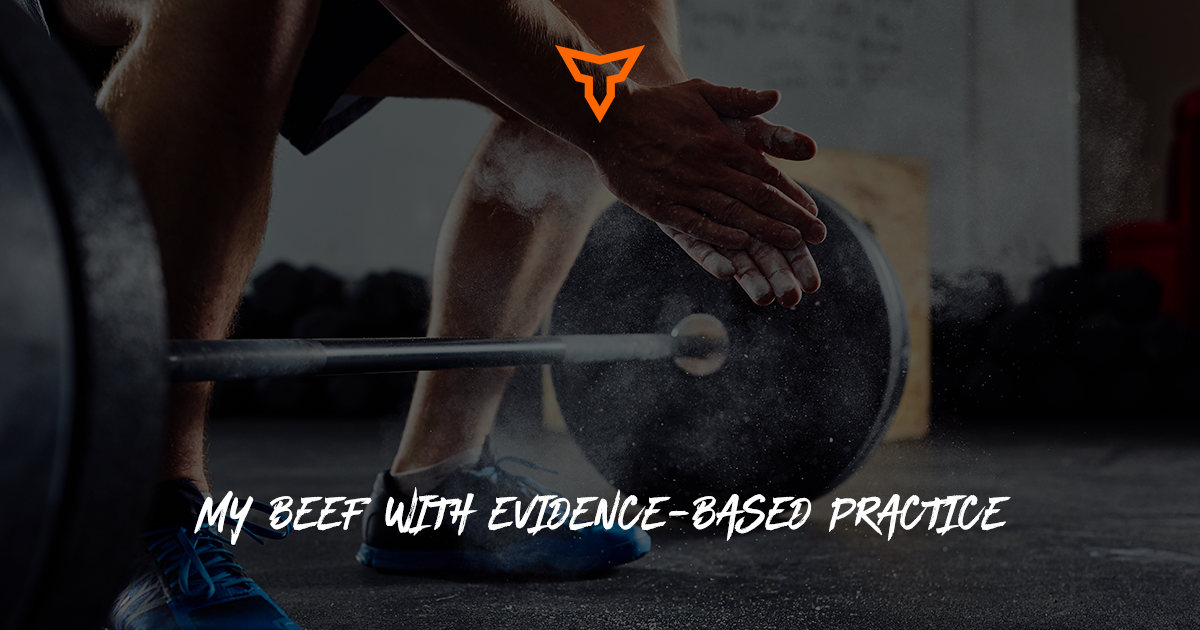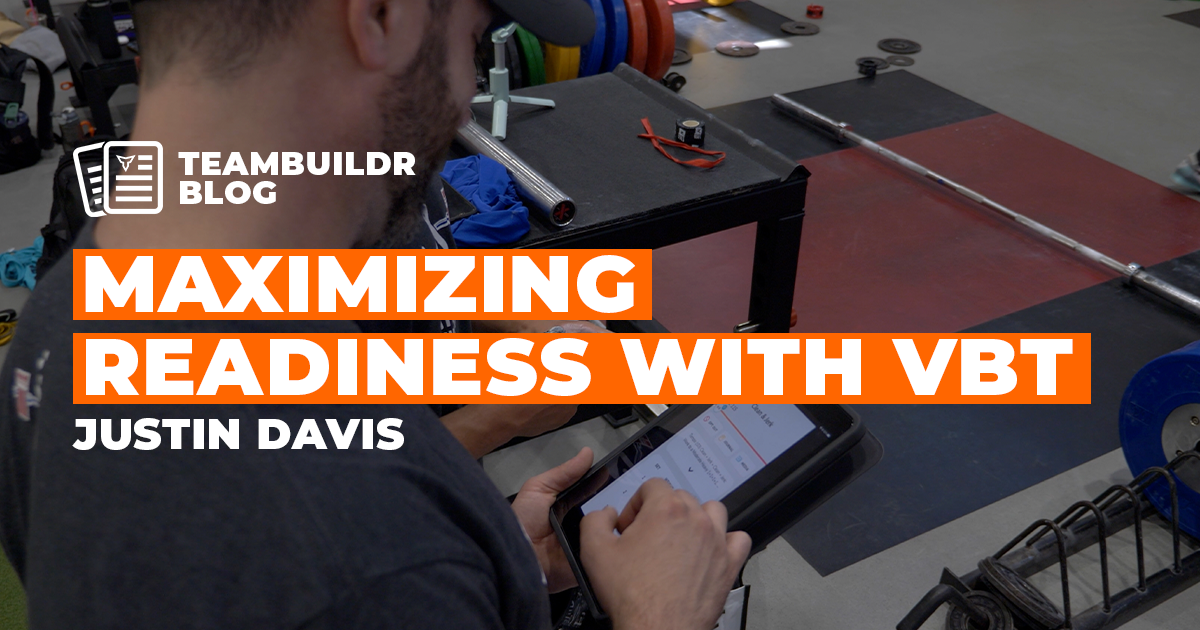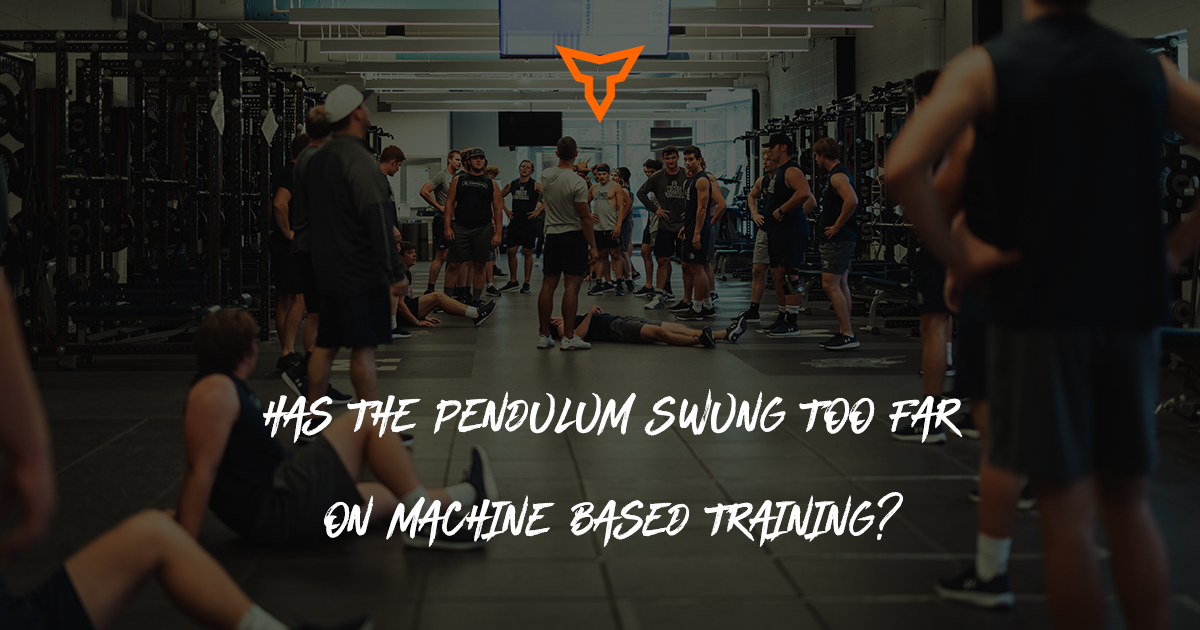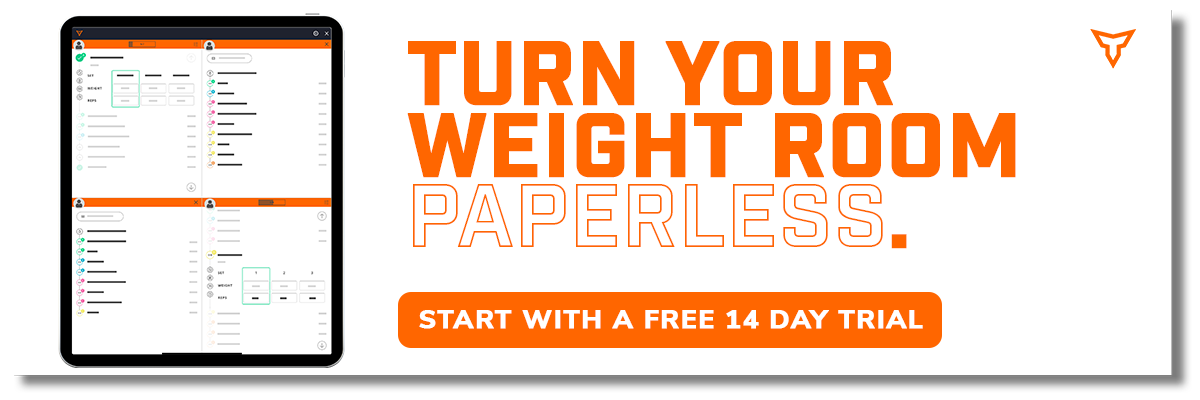Why You Should Be Using Ground-Based Training For Non-Ground-Based Sports
There are two major things I want to cover in this article. First, I will go over why it is important to train plyo’s, jumping, and field-based movements (all to be known as ground-based training/movements going forward). Second, I will show how I have successfully implemented ground-based training in the past with non-ground-based sports.
But before we get there, we should define what a non-ground-based sport is. Two sports that I have trained in the past at the collegiate level that I would classify this way are Swimming and Diving, and Rowing. There are more we could probably list such as Water polo and equestrian but as I have not personally trained those sports, I will refrain from using them as an example.
The reason I classify these sports as non-ground based is that the athletes are not using the ground to produce force and move themselves across a distance. Now, this is not true 100% of the time. In swimming, for example, there is the dive off the board and the push off the wall. In rowing, they are pushing their feet off a hard surface but it is always done in the seated position. Lastly, before we dive in, what exactly is involved in ground-based training? To me this means things like hurdle jumps, box jumps, medicine ball throws, bounds, multi-directional movements, cone drills, sprints, basically, all the things you might immediately think to do with soccer athletes or other field-based sports.
Why You Should Be Doing It
The primary objection I get when I talk about using ground based training with these sports is that “it looks nothing like the sport itself so it won’t transfer”. Let’s take a closer look. For simplicity, think hurdle jumps/hops, med ball throws, and bounds right now. Jumps and bounds are a great way to train force production at high speeds that will build a neurological and muscular adaptation regardless of the surface the force is being applied to. In addition, the landing portion/eccentric phase of the movement is fantastic for building joint stability, and tendon/ligament stiffness, all of which helps to bullet proof joints from injury.
Both sports that I mentioned above are notorious for using the upper body to produce force and power, so medicine ball drills for upper body power training just make sense. Not a ton of people argue that one. But they also aid in strengthening the joints in sports where chronic shoulder and t-spine issues are the norm.
Jumps and plyos are relatively easy to defend, but what about sprints and cone drills? Why would you want to train that for athletes who will never do such a thing? As strength and conditioning coaches, we often forget, or in some cases actively ignore the fact that there is a world outside the weight room and outside the sport itself that our athletes actively participate in on a daily basis. Like it or not, when we’re not looking, our athletes are going to go dancing, they’re going to go hiking, and jump off cliffs into lakes, and go rock climbing with friends, and do a bunch of stuff that looks nothing like their sport. Like it or not there’s nothing you can do to stop them.
I’ve had athletes on two occasions get injured this way. One sprained her ankle dancing, and another sprained her ankle jumping off the couch to sprint to the microwave to get a hot pocket. True story, and an apparent failure on my part to give nutritional guidance as well. The reality is that athletes who participate in non-ground-based sports are uncoordinated and usually pretty bad at moving in space unless they are in their “natural environment”. Doing jumps, sprints, change of direction drills, and moving 3 dimensionally will help mitigate the risk of random non-sport related injuries significantly. Plus, it is good for the human body to move in different ways and get exposed to different, previously unexplored movements for overall joint health, especially in sports with repetitive motions such as swimming and rowing. In sports where overuse injuries are a regular occurrence, movement variety can help greatly.
How To Implement
This part is very subjective and can be organized however you see fit in your situation. I will simply give examples of how I have organized my training sessions in the past. As part of the warmup, I always like to have some sort of low-impact, extensive plyo movement such as pogo jumps, 90º jumps, double-leg, single-leg variations, and so on. Nick DiMarco and Jordan Nieuwsma have some great examples of movements that can be used here from their book “The 8 Vector System”. And I rarely do the same movement two or three weeks in a row. This is a great time to get some variety into the workout. And it is usually fun for the athletes because they get to think and process movement in a different way than normal.
Next, I’ll do some sort of linear sprint or cone drill which if organized correctly can have multiple athletes going at once or one right after the other with little wait time. When you have a swimming or rowing team with 50+ athletes, efficiency is key. And again, I will rarely use the same drill two weeks in a row because, with these athletes, in particular, variety is the goal. Lastly, before moving to the weight room portion of the workout, we will hit a plyo circuit. For me, this is where I use the same movements a few weeks in a row to build competency before progressing. I like a circuit of three types of movements here. A med ball throw, a hurdle jump/hop, and a bound. To me, this setup just flows well and is a very popular way to organize things made popular by Mike Boyle and I’m sure a few others.
After these three blocks (warm-up, sprint/COD, plyo circuit), it’s time to lift. If set up and executed correctly, these three blocks should only take about 10-20 min max, if that. Now, this is not the only way to organize the workout, but in my experience, it is the most efficient. Using these methods, along with others, teams I’ve coached have regularly seen a significant drop in injury rates. Particularly overuse injuries. So does it transfer? Yes.
Subscribe to our blog
Subscribe to receive the latest blog posts to your inbox every week.
Related posts

My Beef with Evidence-Based Practice

Maximizing Readiness with Velocity-Based Training


